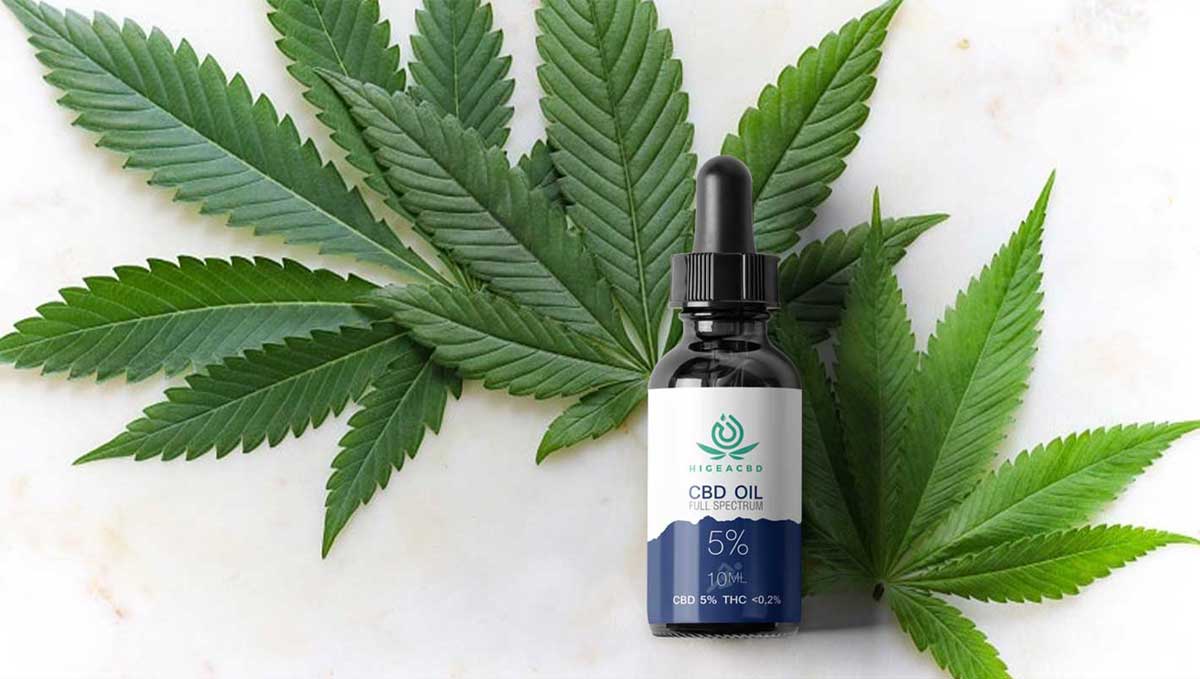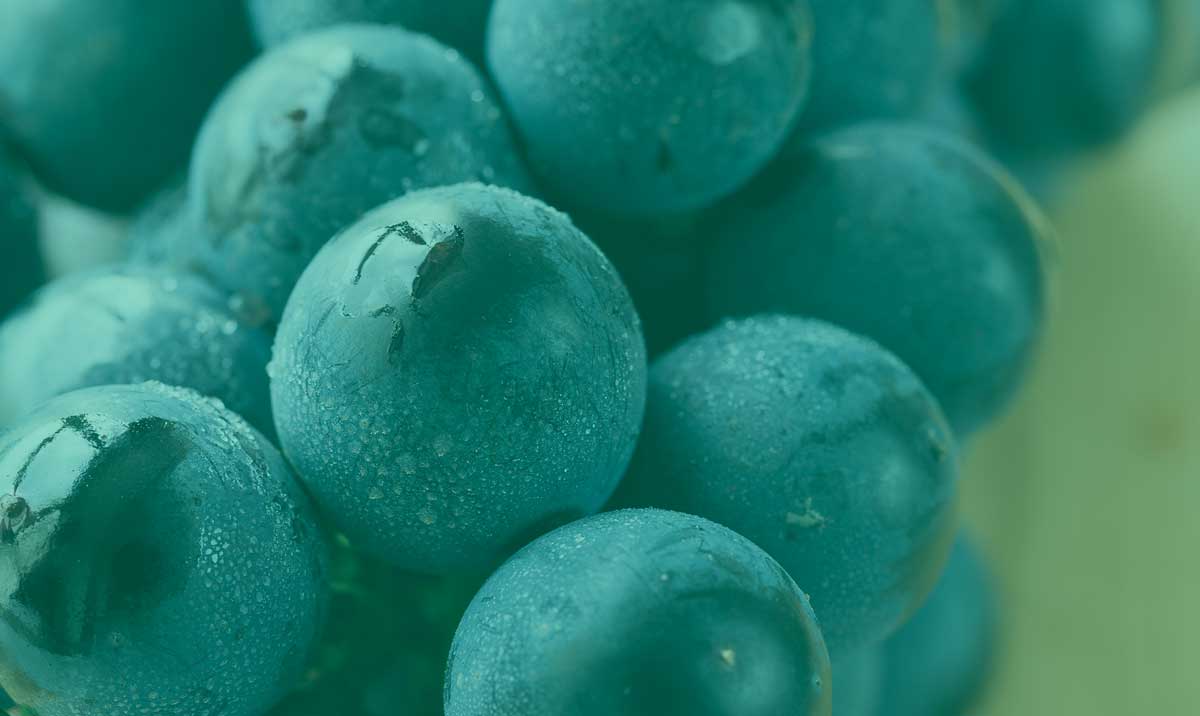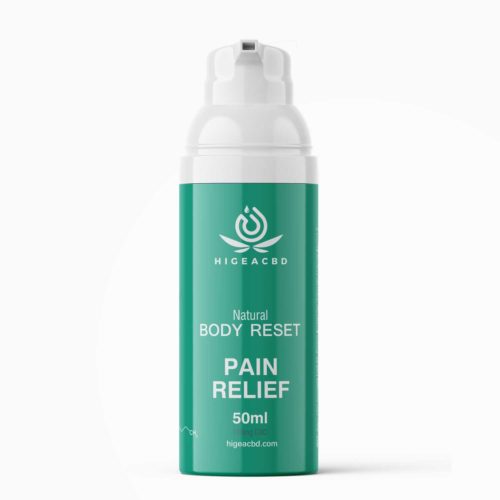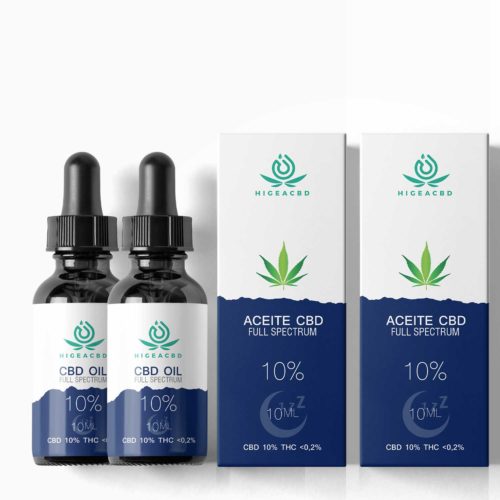What are flavanols?
Flavonoids are a complex group of phytonutrients, i.e. organic plant compounds, which are present in virtually all fruits and vegetables. They are responsible for the bright colors in fruits and vegetables, as are carotenoids. Within the family of flavonoids are the flavanols, which we will talk about next.
In fact there are several important groups of flavonoids including flavones, isoflavones, flavonones, and anthocyanidins. Even within the flavonol subgroup there are more subgroups, and each type of flavonoid has its own set of benefits, actions, and source foods.
They are considered a type of plant nutrient, present in a large number of foods and beverages. Among them are mainly tea, cocoa, blueberries, and apples. Flavonols are especially abundant in the seeds of the cocoa tree, which are fermented, dried and roasted to produce cocoa powder, from which chocolate is made.
Showing 1–8 of 25 results
-
Sale!
Aceite Higea CBD 10%
29,95€ Add to cart -
Sale!
Hygea CBD Oil 20%.
49,90€ Add to cart -
Hygea CBD oil 30%.
89,95€ Add to cart -
Sale!
Aceite Higea CBD 5%
19,95€ Add to cart -
Higea CBD muscle pain cream 50 ml
21,95€ Add to cart -
Basic Pack
47,41€ Add to cart -
Medium pack
94,81€ Add to cart -
Sale!
Healing Balm Hygea CBD
19,95€ Add to cart
What are flavanols?
As already mentioned, flavonols are a subtype of flavonoids, i.e. a group of chemicals. These flavanols are found in a wide range of species and provide different health benefits. In addition, a type of flavonols known as catechins are known to play an important role in the antioxidant and cardioprotective effect of certain healthy foods and beverages.
It should be noted that plants are responsible for synthesizing flavonols as secondary metabolites. Although these compounds are not important in the reproduction and development of plants, it is known that they could contribute to certain species in combating environmental stress.
It should also be said that flavanols very possibly have an antioxidant and protective effect for plants, although their exact function is still unknown. Another aspect to highlight is that unlike anthocyanins and flavanones, flavanols are colorless. That is, when they are extracted their molecules form a condensed liquid that has no color.

What foods contain flavonols? What is your intake?
Not everyone knows that flavonols are present in a wide variety of foods, fruits and beverages. Especially we can find them in the peels and seeds of fruits and vegetables. That is, they are not found in the pulp of fruits and vegetables as they usually are.
These flavanols can be found in high concentrations in fruit juices, such as jams, apples, avocados, mangoes, figs, strawberries, and even in white and red wine.
As far as flavonol intake is concerned, it varies depending on the diet followed. However, some studies reveal that the average intake of flavanols is 50mg per day in certain regions of Europe.
Flavanols properties: What are their benefits?
Early studies related to flavonols indicate potential therapeutic health effects. While it is true that these compounds have not been investigated as extensively as other chemicals, what has been discovered so far offers encouraging results.
Here are some of the properties of flavanols, as well as their potential health benefits.
Cardiovascular health
As we saw earlier, catechins are a type of flavonoid that, according to different research, could be beneficial for cardiovascular health. This is because they have anti-inflammatory and antioxidant properties.
For example, the catechin found in green tea, known as epigallocatechin gallate, can reduce vascular inflammation because it can inhibit nitric oxide production. By having a lower production of nitric oxide, it contributes to the reduction of entotellar exocytosis.
Antioxidant properties
Due to their antioxidant properties, the flavanols present in green tea have the potential to combat oxidative stress. This type of stress is caused by pollution, poor diet, as well as exposure to certain chemicals.
All these situations can create an imbalance between free radicals and our body’s ability to neutralize them. These radicals can cause significant damage to cells, and at the same time contribute to the development of a number of chronic diseases.

Prevent cognitive disease
According to research published in PubMed, flavonols may also prevent cognitive disease. This property may be due to the ability of flavanols to increase blood flow to the brain. Studies found that a one-week treatment with 900mg of flavonol-rich cocoa each day can increase blood flow to the gray matter.
Not only that, it can also reverse endothelial dysfunction. The results indicate the potential neuroprotective effects of flavanols. This is because both dementia and cognitive impairment are related to decreased blood flow in the brain. But in addition to protecting the brain, flavonols also have the potential to improve brain performance.
Short-term consumption of flavanols may improve memory as well as reaction time. In the long term, flavonols may increase neuronal efficiency.

Side effects of flavanols
Studies indicate that consumption of up to 2,000mg of flavonols obtained from cocoa per day, and for 12 weeks, appears to be safe for healthy people. However, it is important to note that certain sources of flavonols, such as cocoa and green tea, also contain stimulants such as caffeine.
The problem with this is that a high intake of cocoa or green tea, or any other flavanol-rich food, can generate caffeine-related side effects. Among the most common are nausea, insomnia, nervousness, as well as increased heart rate.
Also, in the case of cocoa, you have to take into account that chocolate has a lot of calories. Therefore, incorporating it into the diet, without eliminating other foods, can lead to weight gain. As a result, their intake could eliminate any health benefits.
In any case, it is advisable to consume in moderation and always under the supervision of a medical specialist. Let’s remember that at the moment there is not so much information about the benefits of flavonols.
Related articles
Hemp liquor
There are many important things about hemp liqueur that you should know, beyond how to prepare the drink.
Other plants that generate cannabinoids
Cannabinoids are not a compound unique to the cannabis plant. There are other plants that generate phytocannabinoids Enter!
CBD y acupuntura
Acupuncture is an ancient relaxation technique. Does its CBD combination make it more effective? Come in and find out!
What are anthocyanins?
Anthocyanins is one of the flavonoids present in the cannabis plant that has made its appearance in many scientific journals.
Tetrahidrocannabinol
Know that it is THC, or tetrahydrocannabinol, and why it is the active compound that produces psychoactive effects when consuming marijuana.
Marijuana plant properties
Know the properties of the medical marijuana plant and enjoy its benefits for your body. Deliveries in 24 hours!
Subscribe to our newsletter
Subscribe and receive a 10% discount on your purchase.
Store
Categories
Guides
Legal notice and privacy policy
















